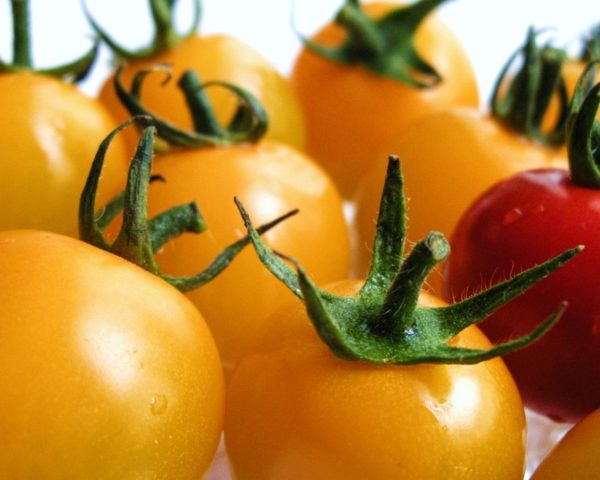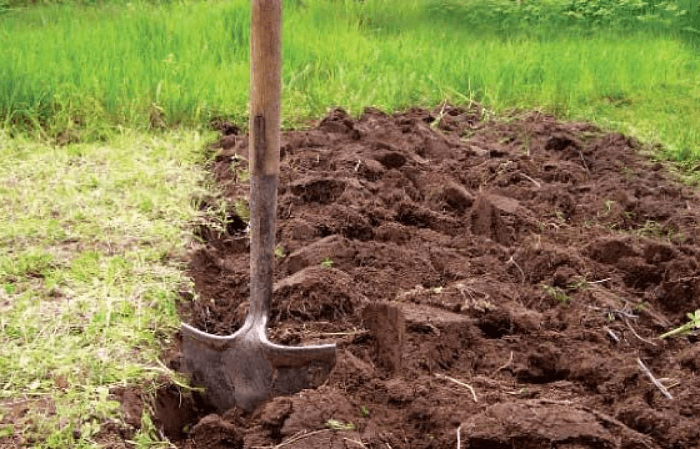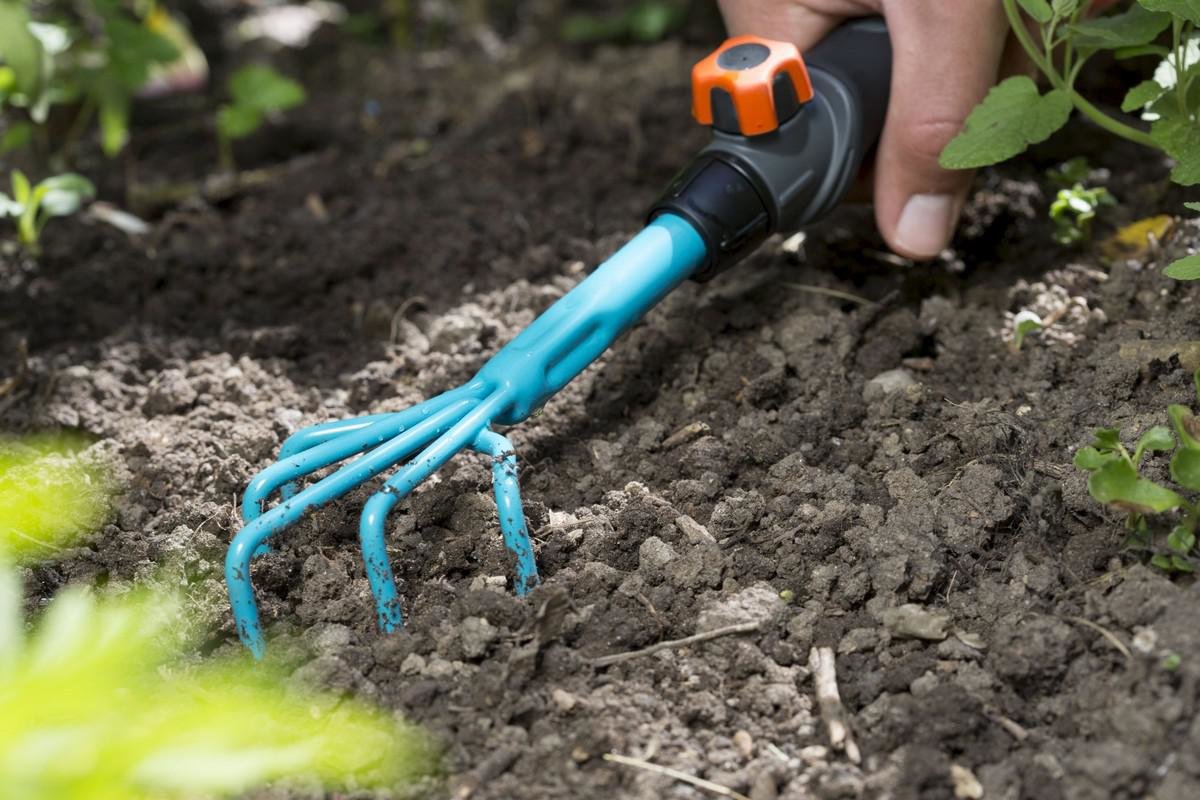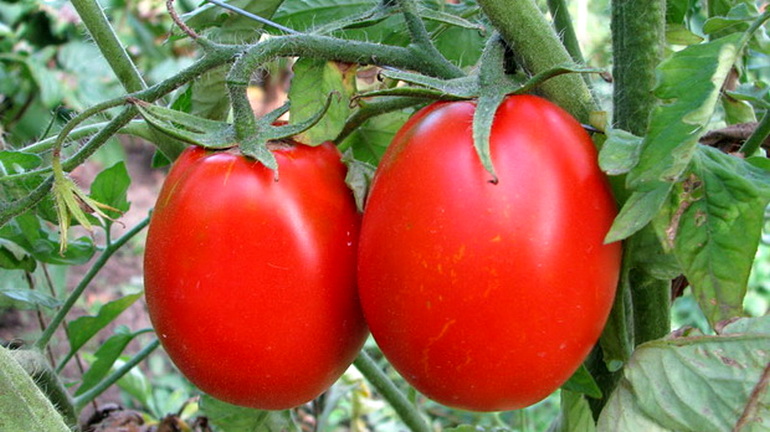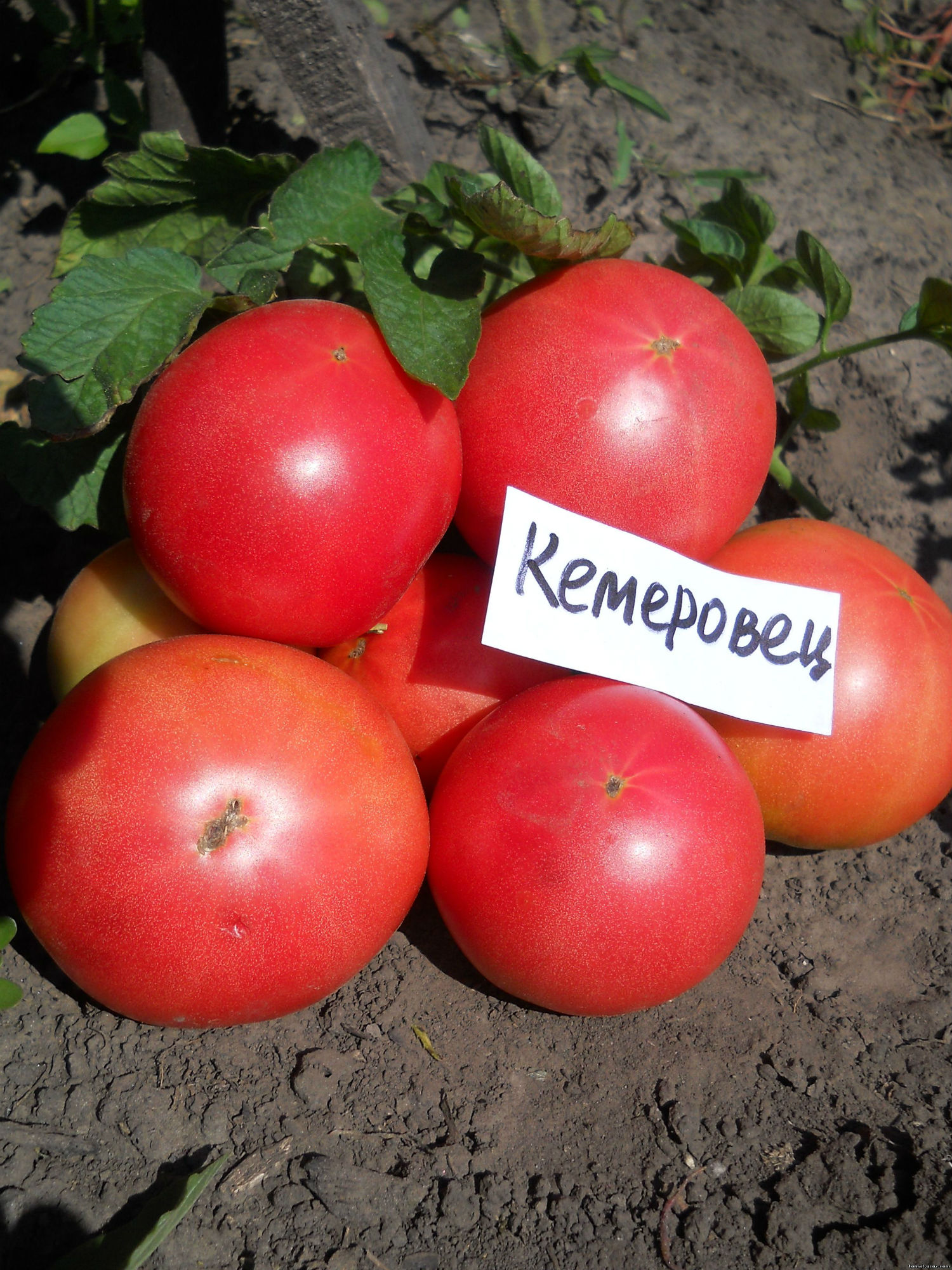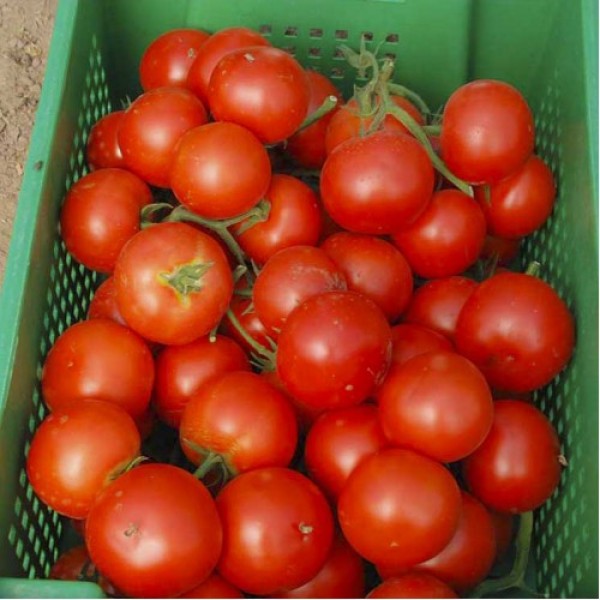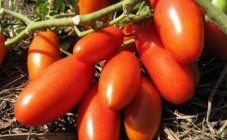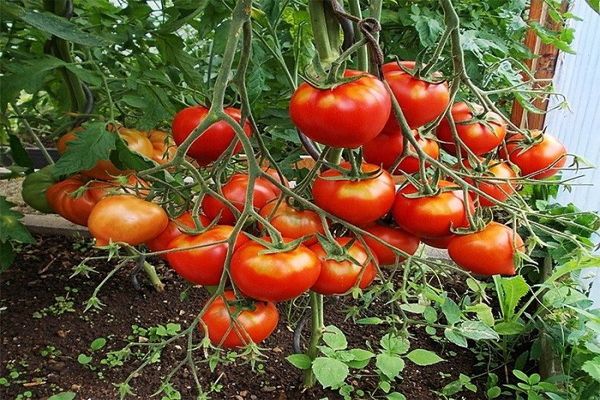Content:
A delicious and beautiful hybrid of tomatoes that can be grown in open ground or in a greenhouse is called Yellow Caramel. A bush with ripe tomatoes looks like decorative. The article discusses how to grow a yellow caramel tomato, a description of the variety, planting seedlings on a garden bed, rules of care, advantages and disadvantages of the variety.
The history of the creation of the variety and application
Yellow caramel is a variety of delicious tomatoes, bred by Russian breeders. The tomato is adapted to growing conditions in the garden and greenhouse, suitable for all regions of Russia.
Ripe yellow fruits are well stored and transported. The crop is harvested during the period of physiological ripeness.
Application of yellow caramel tomato:
- Canning (pickles, marinades, assorted vegetables);
- Fresh consumption in salads;
- A neat little yellow tomato is used as a decoration for dishes;
- For the preparation of natural tomato juice.
Having studied the description and characteristics of the Yellow Caramel tomato variety, gardeners prefer a beautiful and tasty hybrid.
Description of the variety
Yellow caramel belongs to an indeterminate, high-yielding, early-maturing variety of tomatoes. Tomato Caramel characteristics and description of the variety:
- Bushes grow up to 2 m in height, not very branchy;
- The variety is considered hardy to weather conditions, unpretentious to the soil;
- Tomatoes are resistant to many diseases;
- Leaves are dark green, large;
- Fruits grow in a cluster of 25-30 tomatoes, up to a maximum of 50 per cluster;
- From 1 sq. m can be collected from 4 kg of tomatoes;
- The average weight of a tomato is 40 g, the diameter of the fruit is 3 cm, ripening is about the same size, plum-shaped;
- Caramel tomatoes are sunny yellow in color, monochromatic, without overflow and spots. The peel is dense, does not crack;
- The pulp tastes honey, with a slight tinge of sourness, pleasant, juicy, rather dense in structure, many seed chambers are located inside the fruit. Because of the sweetish taste, the variety was named Caramel;
- Red or yellow caramel tomatoes are grown only from purchased seeds; you cannot collect planting material yourself, since it does not inherit maternal characteristics.
Agrotechnics
Site requirements
Tomato Caramel yellow is an unpretentious variety. But, as with any other types of tomatoes, it has its own requirements for the soil. The plant will grow well in loose, breathable soil. The ideal soil for growing tomatoes is sandy loam or loamy. The acidity level should be low or neutral.
The site should be flat, well heated and well lit. With a lack of light, the sprouts begin to stretch in length, become thin, bloom late, and bear poor fruit.
It is recommended to plant seedlings in a place protected from drafts and wind. Optimum humidity is up to 60% maximum. With high humidity, there is a risk of developing fungal diseases.
Favorable predecessors are:
- Pumpkin;
- White cabbage;
- Beans;
- Bow.
It is recommended to prepare the soil in the fall. The land needs to be dug up, cleaned of weeds, roots from predecessors. Mineral or organic fertilizers are applied to the ground, then the soil is loosened well.
Growing tomato Yellow caramel is within the power of even inexperienced farmers. Tomatoes are usually planted in open ground with ready-made seedlings, which are germinated at home in advance.
Growing rules
- Seedling preparation. The seeds must be placed in a growth stimulator so that they sprout faster. Additionally, they can be disinfected by placing them in a solution with potassium permanganate. Seeds are sown from the end of March;
- Seed material is planted in a container or pots, slightly deepening them into nutrient soil (garden soil + humus + vermiculite). After that, the seeds are lightly sprinkled with soil and watered with a drip method so as not to wash out the planting material. The containers are closed with foil. The optimum temperature is +23 degrees;
- After mass emergence, the container can be moved to a well-lit area. When 2-3 true leaves appear, then the seedlings must be dived;
- In a greenhouse or open ground, seedlings can be planted from mid-May. If spring frosts are possible, then it is better to postpone planting;
- Make small pits in the garden bed, sprinkle them with wood ash, add complex mineral fertilizer, then water the hole;
- The distance between the tomatoes should be at least 30 cm, between the rows - 50 cm.
Tomato care
In order to harvest a rich harvest of tasty and healthy tomatoes by the end of the season, the plant must be looked after. Simple care manipulations will help grow a yellow caramel tomato:
- Watering. The soil must be moistened, to prevent the formation of a crust in the garden. It is necessary to water with warm settled water in the morning or evening hours, under the root of the bush. It is undesirable to water tomatoes with a drip method; blooming flowers can be damaged;
- Loosening. Clearing weeds from the beds and loosening with garden tools contribute to better air permeability of the soil, while the plant develops well. To ensure the flow of air to the roots, the optimal time interval between loosening is 2 weeks. The first time the soil is loosened to a depth of 12 cm, subsequent times - by 5 cm;
- Garter and pinning. Bushes grow tall with a large number of tomatoes, so they need additional support. Trellis can be installed immediately when transplanting seedlings into open ground, they tie up the bushes as they grow. The growth of the bush will help stop the pinching of the top point;
- Top dressing. The plant is fed 2 times using organic and mineral fertilizers. From organic matter, you can add bird droppings or mullein. It is desirable to alternate mineral complexes and organics.
Diseases and pests
In the process of growing, gardeners are faced with plant diseases. Insects, soil diseases, climatic factors can provoke the appearance of the disease. Knowing ways to protect tomatoes from insects and diseases, you can easily save the harvest and prevent the development of sores.
The hybrid is resistant to many diseases:
- Fusarium;
- Tobacco mosaic;
- Verticillosis;
- Late blight.
To prevent the appearance of apical or root rot, it is recommended to regularly loosen the site, mulch the soil.
Weeding the beds will save the plant from viral diseases.
A weekly inspection of the bushes will help to escape the attacks of insects and pests. For prevention purposes, the bushes can be sprayed with a weak solution of manganese.
When tomatoes are affected by spider mites or thrips, the bushes are treated with insecticidal agents. Chemicals can be used before the beginning of the flowering period, after the formation of the ovary, it is better to use folk remedies: celandine broth or onion husks. The affected area can be trimmed with garden shears and burned to prevent further spread of insects.
Advantages and disadvantages
The variety is versatile and easy to grow. Positive characteristics:
- High-yielding tomato variety;
- Early ripening;
- Tomatoes are unpretentious in care;
- Cold-hardy;
- Excellent taste;
- Good transportability and storage;
- Disease resistant variety;
- The fruits retain their beautiful appearance for a long time, do not crack.
Among the disadvantages are:
- Mandatory support for the bush;
- Inability to collect seed on your own;
- It is important to feed the plant in a timely manner, with a lack of nutrients, the characteristics of the variety deteriorate, the yield decreases.
According to gardeners, yellow Caramel tomatoes are popular in the Russian market. The variety is easy to grow in a summer cottage, while care is not labor-intensive. The crop can be harvested several times per season. The appearance and taste of tomatoes are the special advantages of the variety over other types of tomatoes.
